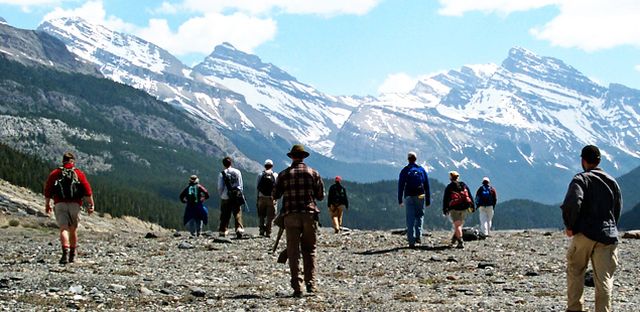
Geology Faculty Publications
Supraglacial Lake Classification in the Everest Region of Nepal Himalaya
Document Type
Book Chapter
Publication Date
2012
Publication Source
Geospatial Techniques for Managing Environmental Resources
Abstract
Climate change has been linked to widespread retreats and recent disappearances of small glaciers in mountainous regions such as the Patagonia, Andes, Alps and Himalaya (Dyurgerov and Meier, 2000; Fujita et al., 2006; Kargel et al., 2005; Oerlemans, 2005; Paul, Kaab et al., 2004; Racoviteanu et al., 2008; Thakur, 2010). Alpine glaciers are particularly sensitive to changes in climate due to their proximity to melting conditions, wide altitude range, and variability in debris cover (Haeberli et al., 2007; Racoviteanu et al., 2008). Alpine glacial retreat in response to climate change and recent warming trends may have severe hydroecological consequences to surrounding communities (Kehrwald et al., 2008; Milner et al., 2009). The recession of glaciers has been further linked to increases in glacier-related hazards in high mountainous areas such as avalanches, glacial lake outburst floods and debris flows which can increasingly threaten human lives, settlements, and infrastructure (Huggel et al., 2002; Quincey et al., 2005). This has necessitated the assessment and monitoring of potentially hazardous glacial lakes through the use of remote sensing, especially in high mountainous areas due to inaccessibility and lack of field surveys (Quincey et al., 2005).
Inclusive pages
86-99
ISBN/ISSN
9789400718579
Copyright
Copyright © 2012, Capital Publishing
Publisher
Springer
Place of Publication
New Dehli, India
Peer Reviewed
yes
eCommons Citation
Panday, Prajjwal K.; Bulley, Henry N.N.; Haritashya, Umesh K.; and Ghimire, Bardan, "Supraglacial Lake Classification in the Everest Region of Nepal Himalaya" (2012). Geology Faculty Publications. 14.
https://ecommons.udayton.edu/geo_fac_pub/14
COinS


